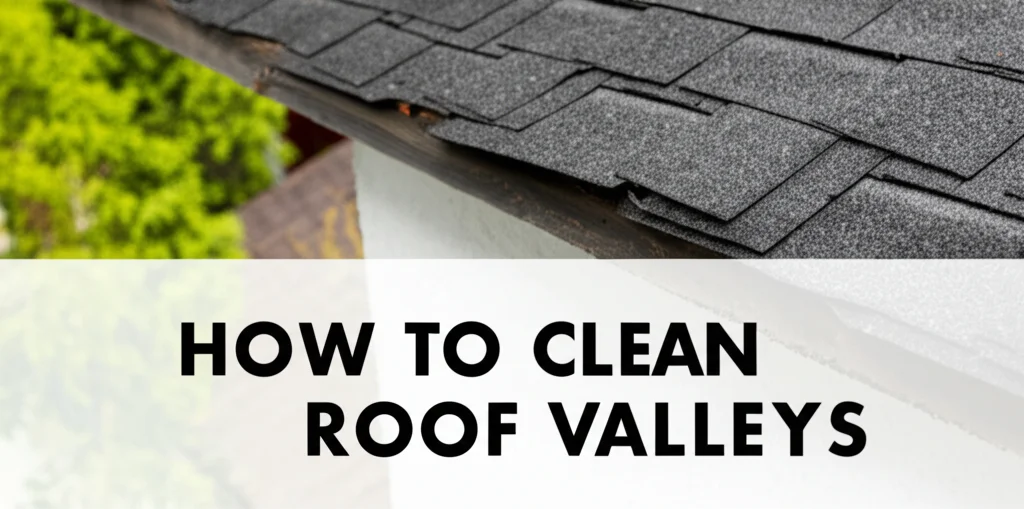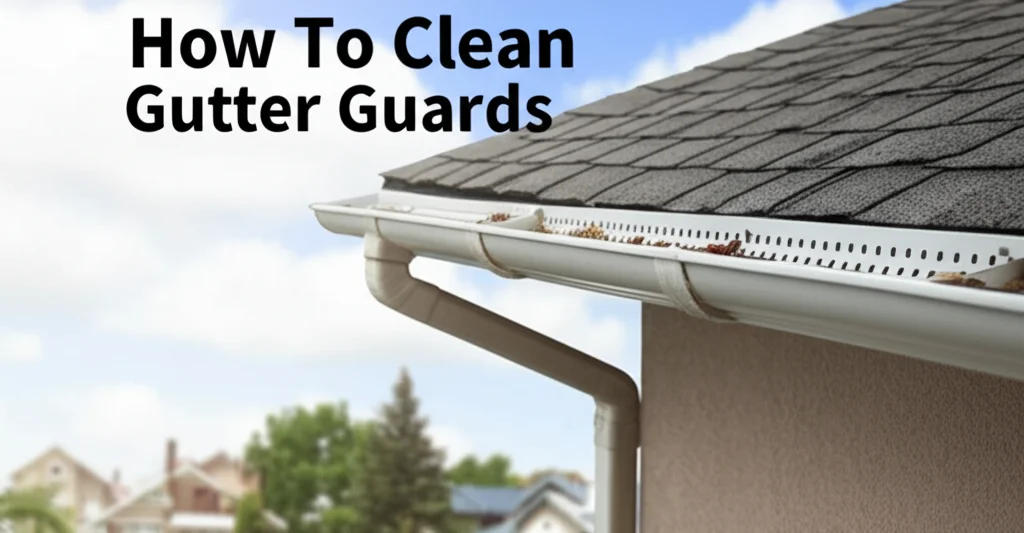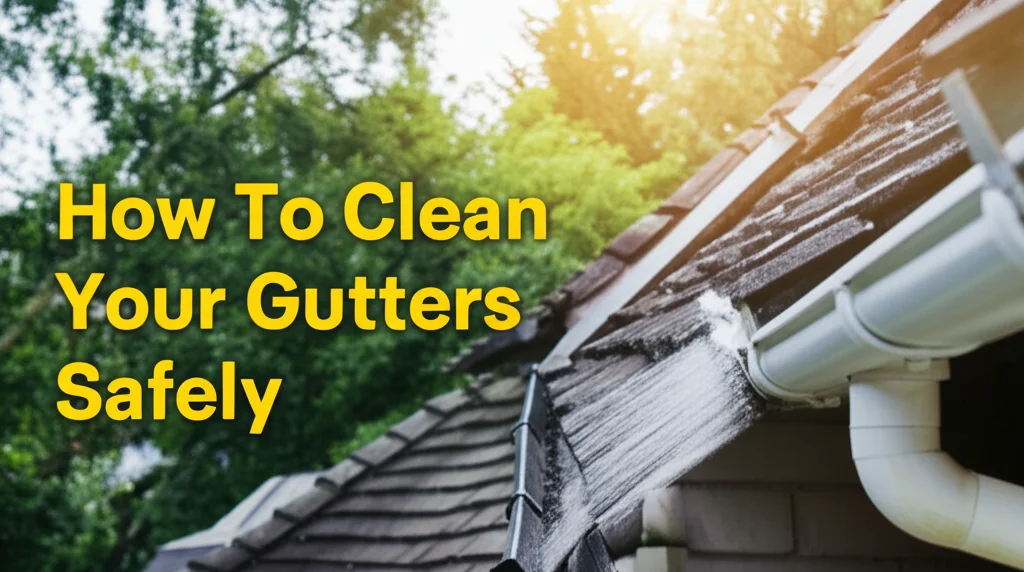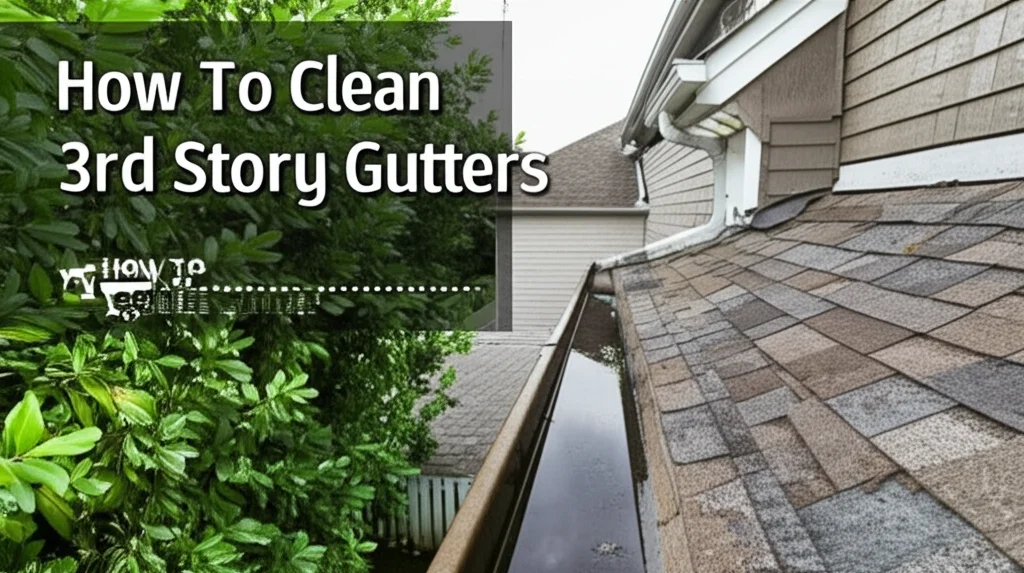· Home Maintenance · 7 min read
how to clean roof valleys

How to Clean Roof Valleys: A Comprehensive Guide
Have you ever wondered what that V-shaped area where two roof slopes meet is called? That’s a roof valley, and it’s a crucial part of your home’s defense against the elements. Roof valleys are designed to channel water away from your roof, but they can easily become clogged with leaves, pine needles, and other debris. This article will show you how to clean roof valleys safely and effectively, protecting your home from water damage. We’ll cover everything from safety precautions to the best tools and techniques. Let’s dive in and ensure your roof valleys are functioning as they should!
Quick Answer: Cleaning roof valleys involves safely accessing your roof, removing debris with tools like a leaf blower, broom, or scoop, and inspecting for damage. Regular cleaning prevents water buildup and potential leaks, extending your roof’s life.
Takeaway:
- Regularly inspect and clean your roof valleys.
- Prioritize safety with proper equipment and precautions.
- Remove all debris to ensure proper water flow.
- Inspect for and address any roof damage promptly.
Why Cleaning Roof Valleys is Important
Roof valleys are particularly vulnerable to debris accumulation. Because of their shape, they naturally collect falling leaves, pine needles, and granules from your shingles. When these materials build up, they prevent water from flowing freely down the valley and off your roof. This can lead to standing water, which can seep under your shingles and cause costly water damage to your attic, ceilings, and walls. Regularly cleaning your roof valleys is a proactive step in home maintenance that can save you significant money and headaches in the long run.
Safety First: Preparing to Clean Your Roof Valleys
Before you even think about climbing onto your roof, safety needs to be your top priority. Working at heights is inherently dangerous, and a fall can result in serious injury. Here’s a checklist to ensure you’re prepared:
- Wear appropriate footwear: Rubber-soled shoes with good traction are essential. Avoid wearing leather-soled shoes or sandals.
- Use a safety harness: A safety harness attached to a secure anchor point is highly recommended, especially for steeper roofs.
- Have a spotter: Ask someone to stay on the ground and monitor your progress.
- Check the weather: Never work on a wet, windy, or icy roof.
- Use a sturdy ladder: Ensure your ladder is in good condition and properly positioned. It should extend at least three feet above the roofline.
- Consider professional help: If you’re uncomfortable with heights or have a complex roof, it’s best to hire a professional roofing contractor. You can find reliable services by searching online for “roof cleaning services near me.”
Tools You’ll Need to Clean Roof Valleys
Having the right tools will make the job much easier and safer. Here’s a list of what you’ll need:
- Leaf blower: A leaf blower can quickly remove loose debris from the valleys.
- Roof rake: A roof rake with an adjustable handle allows you to reach valleys from the ground, minimizing the need to climb onto the roof.
- Broom: A stiff-bristled broom is useful for sweeping away stubborn debris.
- Scoop: A plastic scoop or trowel can help you remove larger clumps of leaves and pine needles.
- Garden hose with spray nozzle: A garden hose can be used to flush out remaining debris.
- Safety glasses: Protect your eyes from falling debris.
- Work gloves: Protect your hands from sharp objects and rough surfaces.
- Trash bags: For collecting the debris.
Step-by-Step Guide to Cleaning Roof Valleys
Now that you’re prepared and have your tools, let’s get to the cleaning process. Remember to work slowly and carefully.
- Start from the top: Begin cleaning at the highest point of the valley and work your way down. This allows gravity to help you remove the debris.
- Use a leaf blower: If possible, use a leaf blower to remove loose debris. Be careful not to blow debris onto neighboring properties.
- Sweep with a broom: Use a stiff-bristled broom to sweep away any remaining debris. Pay close attention to areas where debris is compacted.
- Scoop out stubborn debris: Use a plastic scoop or trowel to remove larger clumps of leaves and pine needles.
- Flush with a garden hose: Use a garden hose with a spray nozzle to flush out any remaining debris. Be careful not to use too much water pressure, as this could damage your shingles.
- Inspect for damage: While you’re up there, take the opportunity to inspect your roof for any signs of damage, such as missing or cracked shingles. If you find any damage, it’s important to address it promptly. Ignoring roof damage can lead to more serious problems down the road. You might even consider a professional roof inspection to catch any hidden issues.
Dealing with Granule Loss and Shingle Damage
Over time, asphalt shingles lose granules, which is a natural part of the weathering process. However, excessive granule loss can indicate that your shingles are nearing the end of their lifespan. When cleaning your roof valleys, pay attention to the amount of granules you’re removing. If you notice a significant amount of granule loss, it’s a good idea to consult with a roofing professional.
Similarly, if you find cracked, curled, or missing shingles, it’s important to have them repaired or replaced as soon as possible. Damaged shingles can allow water to seep under your roof, leading to costly water damage. Addressing these issues promptly will help protect your home and extend the life of your roof. If you’re unsure about the extent of the damage, consider a professional roof inspection.
Preventing Future Debris Buildup
Cleaning your roof valleys is important, but preventing debris buildup in the first place is even better. Here are a few tips:
- Trim overhanging trees: Trim any trees that are overhanging your roof. This will reduce the amount of leaves and branches that fall onto your roof.
- Install gutter guards: Gutter guards prevent leaves and other debris from entering your gutters, which can also contribute to valley clogging.
- Regular inspections: Inspect your roof valleys at least twice a year, in the spring and fall, to check for debris buildup.
- Consider a metal roof: Metal roofs are less prone to debris accumulation and require less maintenance than asphalt shingle roofs. While the initial cost is higher, the long-term benefits can be significant.
FAQ About Cleaning Roof Valleys
Q: How often should I clean my roof valleys?
A: You should clean your roof valleys at least twice a year, in the spring and fall. However, if you live in an area with a lot of trees, you may need to clean them more frequently.
Q: Can I use a pressure washer to clean my roof valleys?
A: No, you should not use a pressure washer to clean your roof valleys. The high pressure can damage your shingles.
Q: What should I do if I find damaged shingles?
A: If you find damaged shingles, you should have them repaired or replaced as soon as possible. Contact a qualified roofing contractor for assistance.
Q: Is it safe to clean my roof valleys myself?
A: Cleaning your roof valleys can be dangerous. If you’re uncomfortable with heights or have a complex roof, it’s best to hire a professional.
Conclusion: Protecting Your Home with Clean Roof Valleys
Maintaining clean roof valleys is a vital part of homeownership. By following the steps outlined in this guide, you can effectively remove debris, prevent water damage, and extend the life of your roof. Remember to prioritize safety, use the right tools, and inspect your roof regularly. Don’t underestimate the importance of this often-overlooked area of your home. Taking the time to clean roof valleys will save you money and protect your investment for years to come. If you’re not comfortable with any part of the process, don’t hesitate to call a professional roofing contractor.




